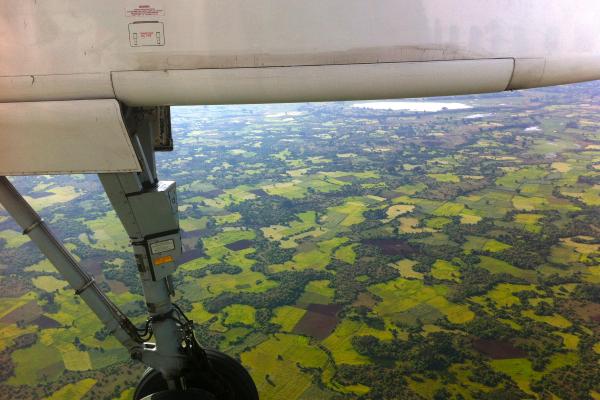LALIBELA, Ethiopia -- You know the images you have in your mind of Ethiopia from 27 years ago? The ones from the nightly news reports on TV about the famine in the Horn of Africa as the death toll mounted and horror stories grew more unfathomable by the day.
Scorched, cracked earth. The carcasses of ematiated, dead cattle lying in the baking sun. Hundreds of thousands of stick-thin refugees wandering in the dust, hoping to have enogh strength to make it to a camp that might have water and food. The babies and children with orange hair and distended stomachs -- indications that they were in the advanced stages of malnutrition and starvation.
I am happy to report that the Ethiopia of 2012 is not the Ethiopia of 1985.
Thanks to global efforts (Live Aid, etc., back in the day), foreign aid, and the very real efforts of the Ethiopian government and people themselves, the land I saw earlier this month looks nothing like those old images in my mind. In fact, parts of the country that we traveled through were so verdent and lush -- farmlands rolling out in various shades of green like a St. Patrick's Day quilt -- that if you'd blindfolded me when I got on the plane and taken the blind of when I stepped of the bus in the rural area outside Bahir Dar near the Sudanese border, I might have thought I was in Ireland's County Kerry rather than Ethiopia's Amhara Region.
Ethiopia is beautiful. In every way. It's people. It's resilience. It's ingenuity and entrepreneurial spirit. In the way it cares for its land and its people, and the way they care for each other and their visitors. There is a spirit in Ethiopia I've experienced only rarely elsewhere. In a word I'd call it HOPE. But it's a hope not based on daydreams and fairytales. It's a hope based in hard work, smart planning, and forward thinking.
Read the Full Article

